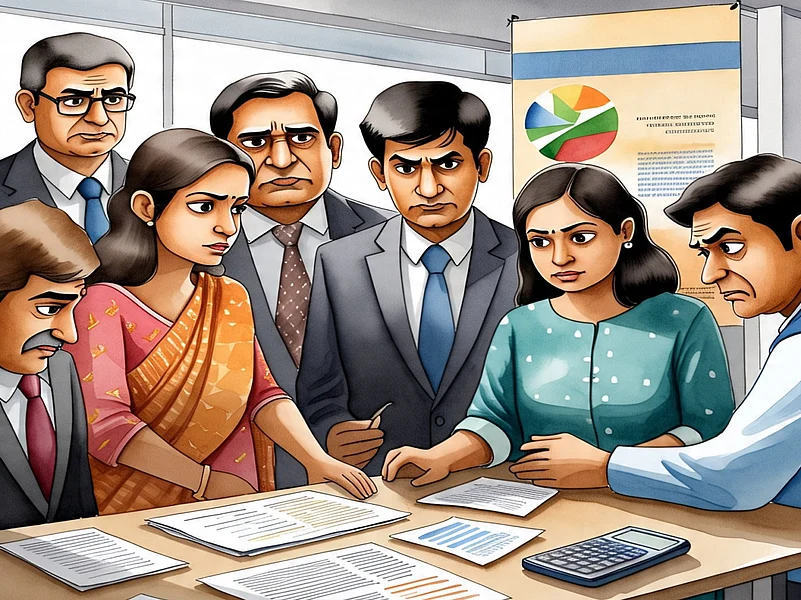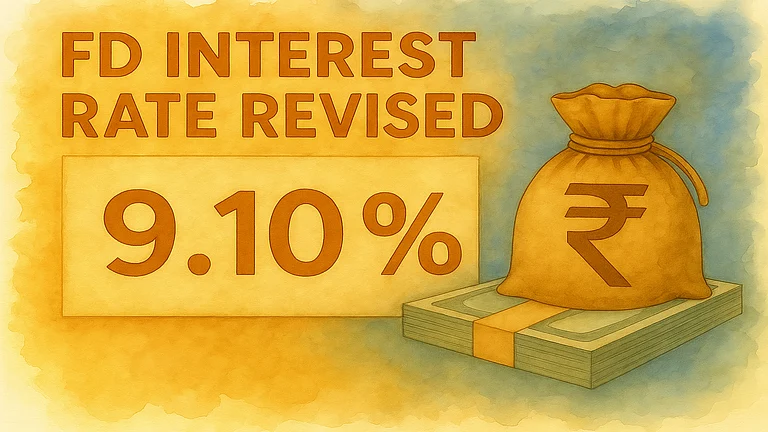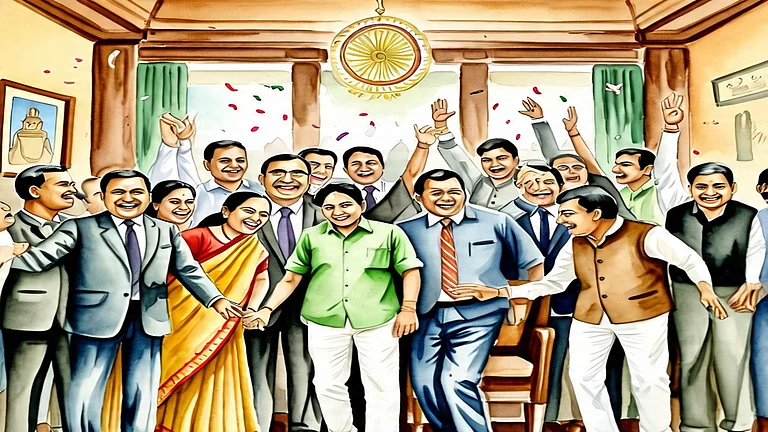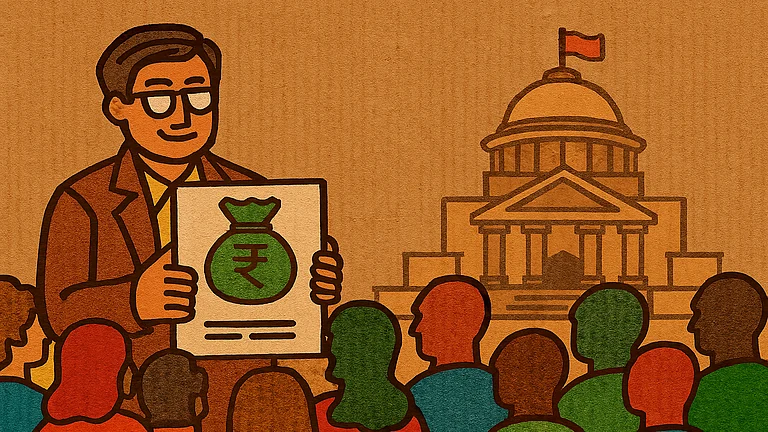The last date to exercise the option to switch from the National Pension System (NPS) to the Unified Pension Scheme (UPS) is June 30, 2025. Of around 23 lakh central government employees, only around 10,000 have switched to UPS by mid-May. The subdued response of employees towards UPS could be attributed to the confusion around the schemes’ benefits in comparison with the NPS. Although the government has launched a calculator to compare NPS with UPS, the confusion persists. While demands to return to the old pension scheme (OPS) have been raised for a long time, the government has brought UPS in 2024. The scheme was implemented on April 1, 2025; however, a few ambiguities remain, which deter people from having clarity about the scheme.
Recently, a member of parliament (MP), Rajya Sabha also raised the issue of ambiguities through a letter to Union Minister Nirmala Sitharaman asking for clarification and an extension of the last date to switch from NPS to UPS.
In his letter, he addressed several important issues. He wrote that many questions remain unanswered regarding UPS, making it difficult for employees to decide about the best option for their future. These ambiguities include aspects such as death benefits, disability, retirement, taxation, voluntary retirement, and procedural flexibility.
Though employees who opt for UPS are now eligible for a death gratuity, other aspects need attention. Employees who opt for UPS are eligible for death gratuity now; other questions still need attention.
Voluntary Retirement
Voluntary retirement rules are also not clear. If an employee passes away after opting for voluntary retirement but before the official date of superannuation, it is unclear how pension payment will be treated in such a situation. Here, the question arises about whether retirement benefits will be extended or not and how the period will be calculated.
This clarification is particularly important for those who retired before March 31, 2025, under the NPS and have withdrawn 60 per cent of their NPS corpus as stipulated. So, would they need to recoup the 60 per cent NPS withdrawal or simply switch to UPS for an assured pension, still not clear.
Taxation
The taxation part is also vague. There is still confusion about whether the lump sum amount in the UPS at the time of retirement will be taxable. Whether these will be fully exempt or partially taxable, similar to NPS in which the lump sum is tax-free and the annuity is taxable according to tax slabs.
According to the Pension Fund Regulatory and Development Authority (Operationalisation of Unified Pension Scheme Under National Pension System) Regulations, 2025, UPS benefits in case of voluntary retirement will be available only when voluntary retirement occurs after a minimum of 25 years of working. These will be available to the voluntary retired employee from the date of superannuation if such employee would have continued the service.
Nomination
There is no clarification about the nomination of whether a divorced spouse can nominate dependent children or dependent children with disabilities like autism.
Dismissal For Service
The UPS rules also do not clarify the treatment of pension in case of an employee who is dismissed from service. In other words, if an employee is removed from the service, would such an employee be permitted to receive an assured payout, or how the accumulated amount under the NPS or UPS would be treated in such cases is ambiguous.
For those employees who are dismissed, the regulations say, “Notwithstanding enrolment of an employee in the UPS option under NPS, such option shall cease to apply in case of a UPS Subscriber who has been removed or dismissed from service or who has resigned his services.”
The MP requested to extend the deadline amid ambiguity around the UPS and also asked for increasing the current 30-day period window to three months for new employees.


















